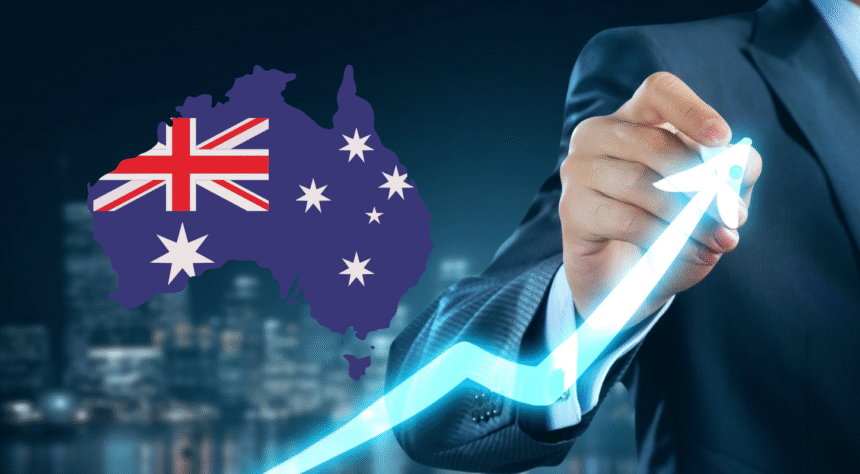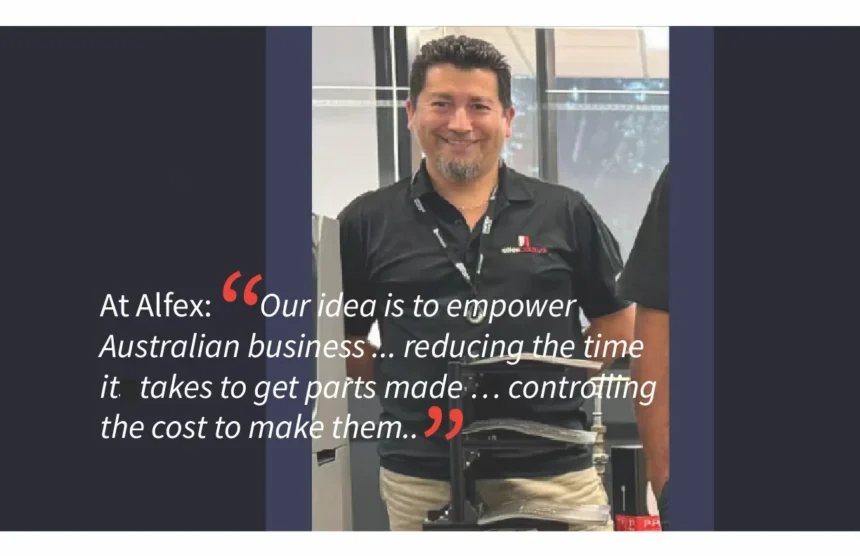Once we electrify everything, overall energy costs fall, because we stop buying petrol and gas. Electricity is simply more efficient.” ~ Alison Reeve (Grattan Institute)
ALISON Reeve, the Grattan Institute’s Program Director for Energy & Climate Change, delivered a keynote that cut through the usual conference noise at the All Energy Australia event at Melbourne Exhibition Centre recently.
Calm, sharp, and grounded in evidence, she laid out one of the most important realities in Australia’s clean energy transition: the pathway to net-zero runs directly through the electricity system.
“Most of Australia’s contribution to climate change comes from the production and use of energy,” she said, kicking off her keynote on the recent report put together by Reeve and her Grattan Institute team.
“Seventy-five percent of our gross emissions come from energy, and electricity is still a third of our total national emissions. We’ve made gains in renewables, but they’ve been offset by increases in transport and gas. So, electricity remains central to the problem, and central to the solution.”
The logic from there is straightforward, according to Reeve. Electrify everything possible including cars, heating, cooking, parts of industry, and ensure that electricity is generated increasingly from renewables supported by storage and firming.
But electrification will dramatically increase demand on the grid, and Grattan’s modelling shows Australia may need more than 115 terawatt-hours of additional electricity each year by 2050. If that demand is met using today’s emissions intensity, we risk adding more than 55 million tonnes of emissions annually… even as we claim to be transitioning.
Reeve didn’t dramatise, laying it out plainly for the plenary audience.
“The story of getting to net-zero is largely the story of switching to renewable electricity,” she said.
“Eliminating emissions from transport is switching to electric vehicles. Eliminating emissions in buildings is switching to electric appliances. Manufacturing shifts to electricity or to renewable fuels like hydrogen — which themselves require electricity. It all comes back to the electricity system.”
Stop Only Adding Renewables, Start Removing Coal
Australia has been relying heavily on renewable investment to push emissions down, but simply adding more supply isn’t enough. Coal doesn’t automatically exit the system just because renewables enter it. It’s always going to be a contentious issue.
“It’s a bit like trying to lose weight by eating more broccoli instead of eating less cake. It will work eventually, but it’s not the best way to get there,” she explained. “We actually have to get the coal and gas out, not just subsidise the good stuff.”
Without a carbon constraint, emissions fall but too slowly to meet climate targets. Under current “no new policy” assumptions, coal hangs around for longer than the science permits.
Rather than reinventing policy, Reeve suggested expanding the Safeguard Mechanism to the electricity sector to place a clear limit on emissions.

The Most Misunderstood Part: Prices vs Costs
Reeve then addressed a misconception that has distorted Australian climate politics for more than a decade. Electricity prices are not the full story.
“Costs matter more than prices,” she said. “What bothers households is not the price they pay per unit — it’s how much they spend overall. And most households don’t just buy electricity. They buy petrol and gas.
“Petrol is actually the single biggest part of most households’ energy spend.”
Once households electrify (switching to EVs, using electric heating and cooking, installing rooftop solar and possibly a battery) their total energy spending falls. Even if electricity prices rise temporarily.
“Carbon pricing does mean higher electricity prices. But that’s not the way we should be looking at this problem. Once we electrify everything, overall energy costs fall, because we stop buying petrol and gas. Electricity is simply more efficient,” Reeve said, spelling it out.
Grattan’s modelling shows that by 2050 average household energy costs drop to about half of today’s levels. A fully electrified household can save thousands of dollars a year.
This is the political unlocking mechanism: Households are “better off” under a carbon-constrained electricity system — if electrification is supported across all households, not just homeowners.
The Policy Horse Race And the One That Can Actually Finish
Reeve outlined the policy options available: carbon tax, cap-and-trade, renewable subsidies, bans, phase-out dates, or the Safeguard Mechanism.
Then she presented a slide showing each as a racehorse, running with the Spring Racing Carnival theme, which was in full swing at the time of All Energy Australia.
“Economists love a Carbon Tax. It’s elegant, efficient, and economically sound. But it may not make it to the starting line politically. Cap-and-Trade is similar. Renewable Subsidies are the crowd favourite, but may not have the staying power. Coal Bans or Phase-Outs could jump out quickly, but they do not solve gas, and we do need some gas in the near term. The horse with the best chance of actually finishing this race is the Safeguard Mechanism — because it already exists, already has political support, and can be extended.”
Just plain and simple what will work from the Grattan Institute’s program director, without a hint of pretence nor romanticism.
What Governments Need to Do Now
Reeve closed with three actions: Firstly, begin designing an emissions’ constraint for the electricity sector now, and don’t wait until 2030. Secondly, ensure electrification benefits are available to everyone – “We cannot have a transition where renters and low-income households miss out on the savings.” And lastly, keep making renewable deployment easier. The coal exit speed depends on it.
Her final line hit the spot: “It’s affordable. It’s possible. It’s time.”
A straightforward plan that works. Because the transition isn’t a mystery anymore, we’re past that phase. The question is whether Australia chooses to move at the speed the physics — and the economics — now allow.
Future Now Green News is a forward-thinking media platform dedicated to spotlighting the people, projects, and innovations driving the green economy across Australia and Asia. Our mission is to inform, inspire, and connect changemakers through thought leadership and solutions-focused storytelling in sustainability, clean energy, regenerative tourism, climate action, and future-ready industries.















